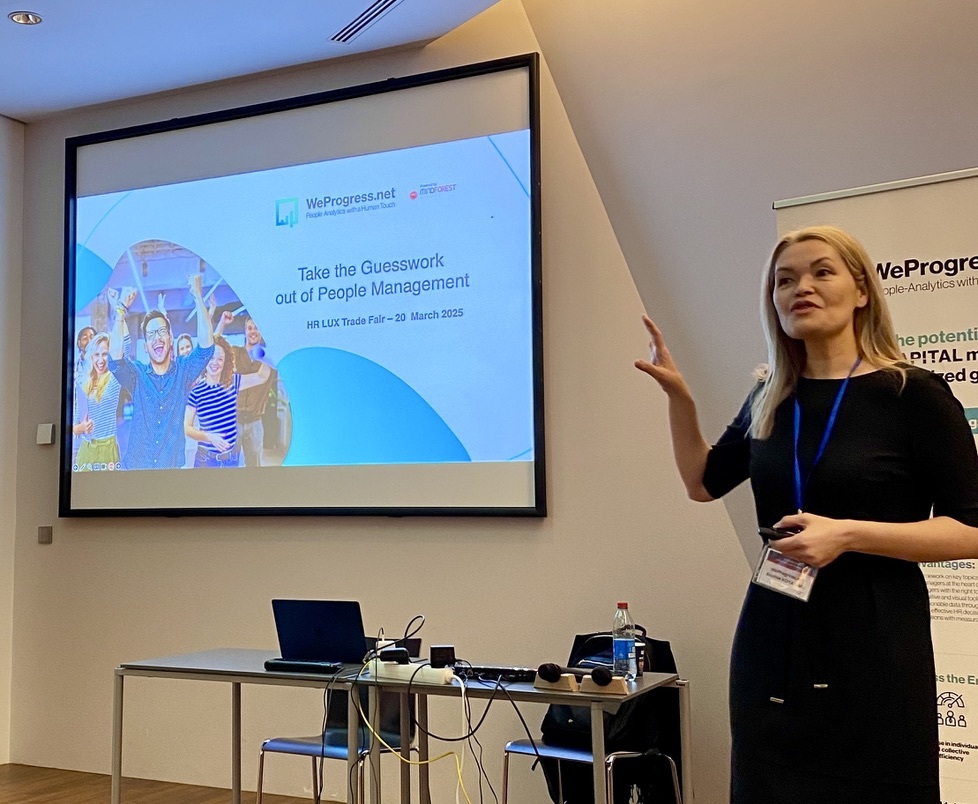You can’t manage change without using a risk matrix
How can the use of a risk matrix affect this type of project? In brief: it will change everything! First of all, it will have an impact on the way decision makers see the project. Then, on the scope of the project and on the likelihood of the project being a success. By co-constructing this analysis, the project managers assess the existing situation in a rational way. They subsequently propose a simplified overview and they set the right priorities. By digging deeper into the different points, they press where it hurts… and are thus better equipped to anticipate any future risks.
The principle of a risk matrix
A risk is a potential danger, which is more or less foreseeable and more or less likely to occur. What kind of danger can this risk represent? Simply said, it can result in the project failing.
Some examples:
- If management is not convinced by the relevance of the change. What are the consequences? The managers will not support the change and thus block the taking of initiatives.
- If middle management is not trained and integrated into the change project. What are the consequences? The managers will not be adequately equipped to understand the change process nor dispose of the soft skills necessary to cope with it. The expected operational, organisational and behavioural changes will not take place.
- If the estimated project duration is too short. Not only is a planned change permanent, but it takes time. In general, results are only observable after several months or even years. Moreover, change management is not an exact science. We move forward by applying a principle of continuous improvement, testing regularly and then adjusting actions. In this respect, copying and pasting from one company to another is not the key to success.
Are you now convinced of the need to address risks?
The risk matrix is one of the tools used to manage change projects; it is best used at the beginning of a project, during the diagnostic phase. It is necessary to take all the different elements in to account to ensure that all aspects of the company’s context are covered; then an appropriate action plan can be drawn up.
THE MOST FREQUENT TYPES OF RISK:
- Risk of the project being rejected
- Managers fail to support and assimilate the project
- Risk of a cultural shock
- Risk of organisational malfunctions
- Risk linked to a lack of relevant qualifications
The interest in using a risk matrix lies not so much in the beautiful Excel table that formalises the exchanges, but in the content of these exchanges and the formulation of the contextual elements. Indeed, the creation of the matrix is one of the steps towards generating risk awareness and digs into aspects that are consciously or unconsciously ignored.
The approach is fairly standardised and is based on a three-stage model:
- Identify: all the different aspects, which may be affected, for example cultural, organisational or technical elements, the planning, costs, resources, skills, security or even legal aspects that could slow down or stop the project.
- Evaluate: the potential level of impact the risk may have on the project
– Severity (the level of impact of the risk on the project): ranging from negligible to catastrophic
Probability of occurrence: ranging from possible but unlikely to foreseeable
– The possible impact on the project on four levels: ranging from an acceptable risk to one which requires immediate action.
- Master: propose actions, which have to be defined, based on means, responsibility, planning and expected results (in line with the change management plan)
Advantages
- The visual impact of the tool (to convince without the need for any additional explanations)
- Providing a detailed and costed overview may prove useful for fact-based communication.
- The support may serve to accelerate awareness of the need for change.
- It takes into account all the steps already taken, as well as those planned.
7 best practices
How can the results of risk matrix be used?
As indicated in the first part of this article, a risk matrix is mainly used during the diagnostic phase. However, a change management project sometimes requires a trigger from management. The matrix can be very useful in the unfreeze phase described in Kurt Lewin’s model in order to “melt the ice block”. It provides visual and qualitative proof that the image of the organisation at a given moment must absolutely change in order to succeed; the company has no other choice.
In addition to this awareness phase, the organisation identifies and recognises its dysfunctions and limitations. It will therefore be ready to launch the “change” stage, which will focus on behaviour and practices.
A good way to use the risk matrix is to combine it with a search for root causes. Getting to the source of certain problems makes it possible to find effective solutions or prevention strategies and thus to have a lasting influence on the occurrence of the risk or even to contribute to its disappearance.
This preventive aspect should constitute an important part of the interest in using a risk matrix. Indeed, it is a matter of identifying existing risks or latent situations that are only waiting to be revealed, particularly in periods of change these can – at least partially – destabilise the organisation.
In addition to the quantitative approach of risk qualification, the qualitative aspect should not be neglected. All the results obtained must be compared with feedback from the field and from managers. In this respect, it is a good idea to use an ICAP type methodology and also work together with the network of Change Ambassadors.
There is no such thing as zero risk, but risks can be mitigated or even eliminated if they are identified upstream of the change project. The risk matrix remains a fundamental tool for every management team and should form part of the general process of feedback and data analysis. It is a real must have!
WANT TO RECEIVE OUR LATEST THOUGHT LEADERSHIP CONTENT?
Related posts
 Take the Guesswork out of People Management
Take the Guesswork out of People Management
 From processes to people: achieving quality
From processes to people: achieving quality
 Daring to lead Positive Transformation: What if Positive Emotional Capital was your key to sustainable change?
Daring to lead Positive Transformation: What if Positive Emotional Capital was your key to sustainable change?
 Why hire Change management professionals? We can do it alone!
Why hire Change management professionals? We can do it alone!
 Digital Transformation and Change Management: Lessons shared in an event hosted by Cebi and MindForest
Digital Transformation and Change Management: Lessons shared in an event hosted by Cebi and MindForest



